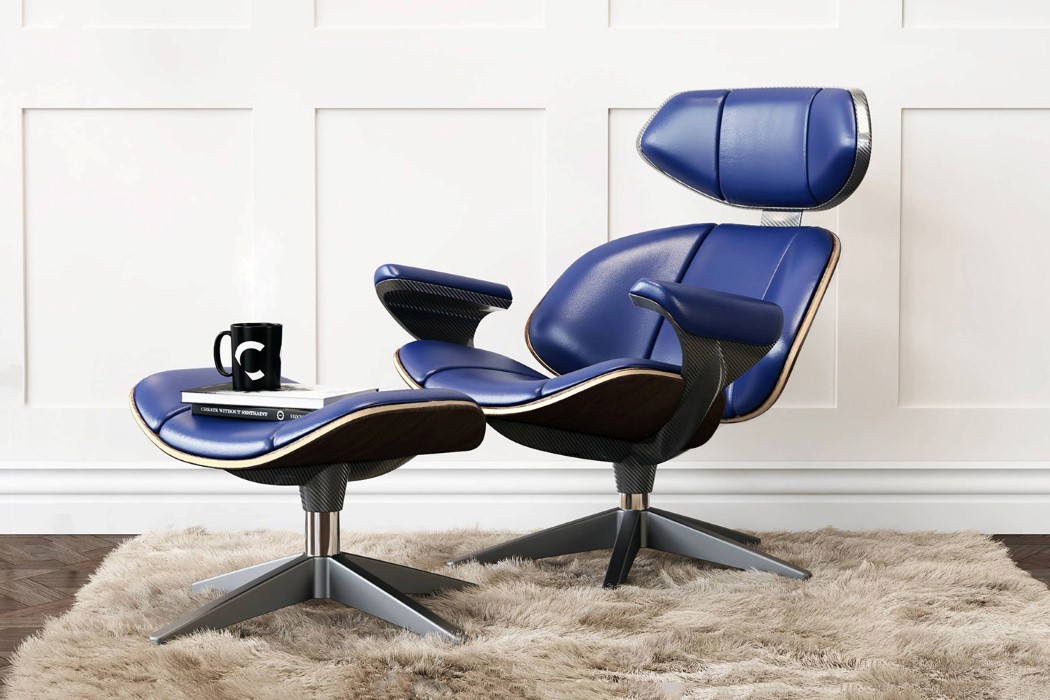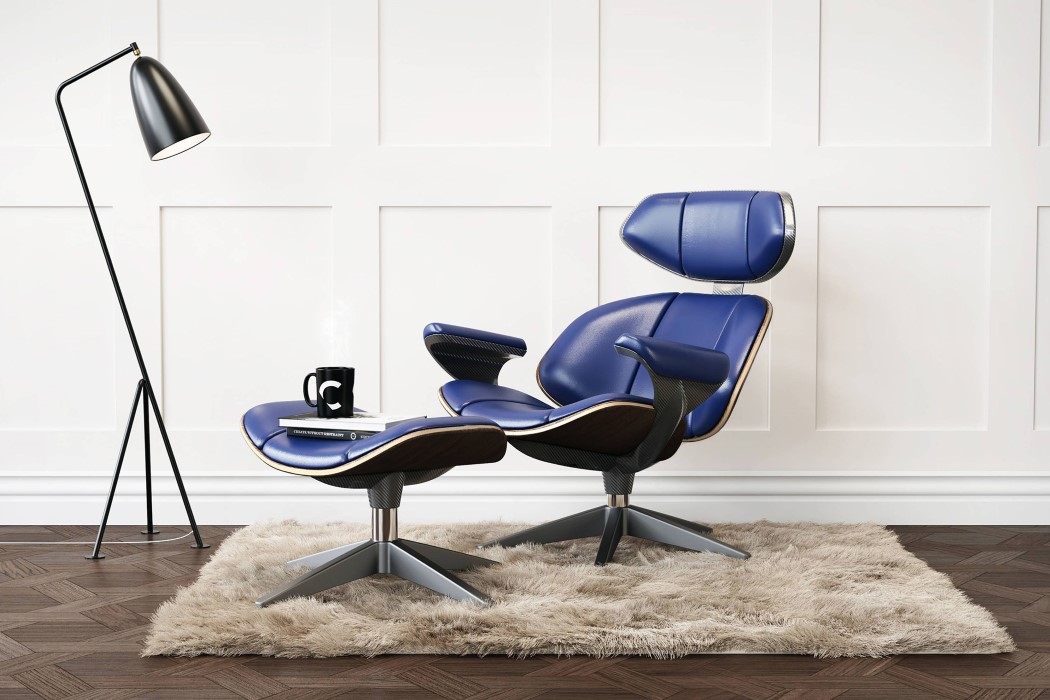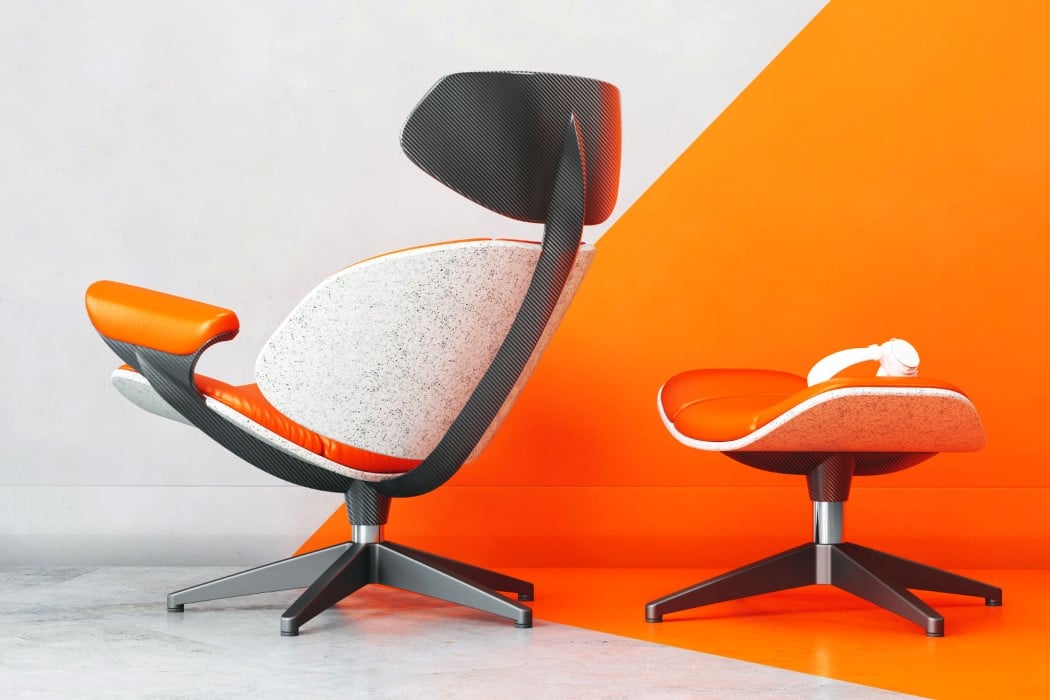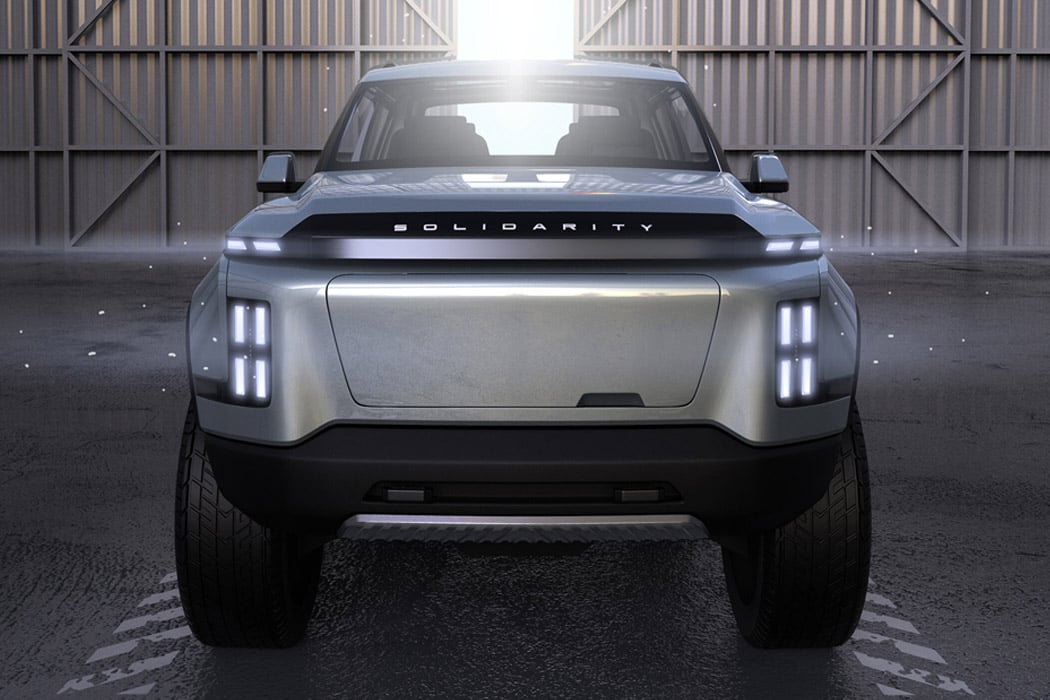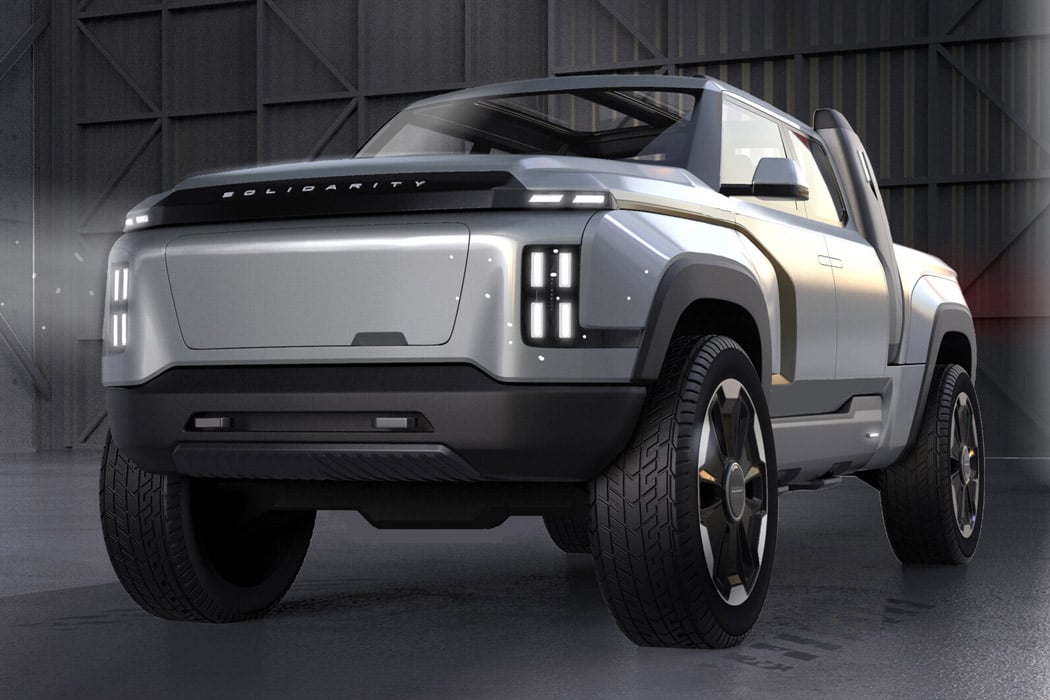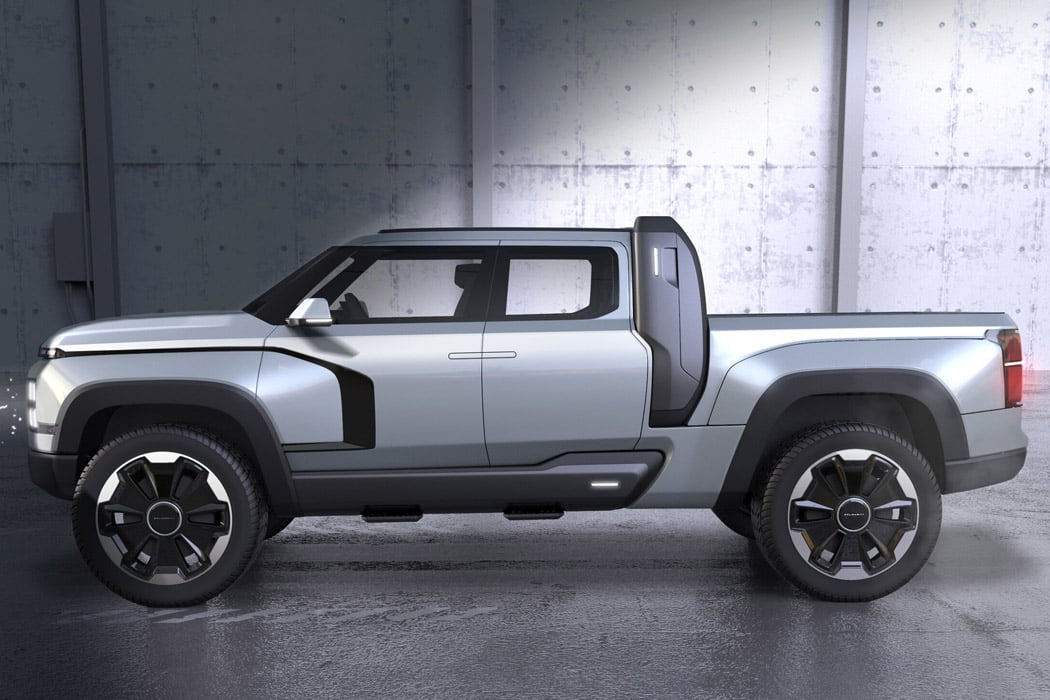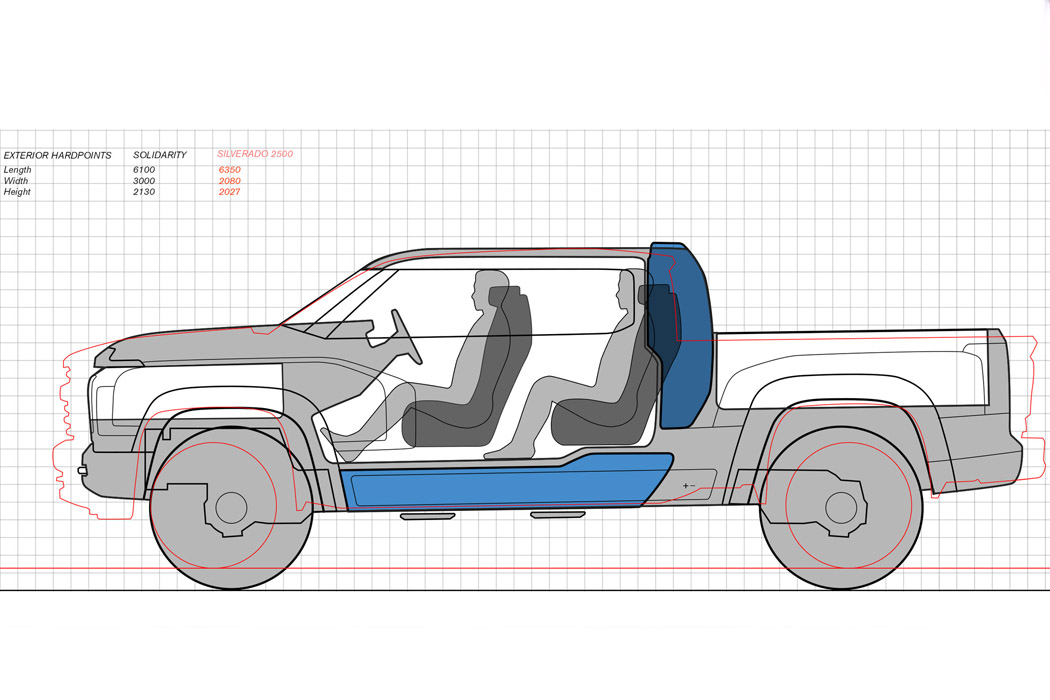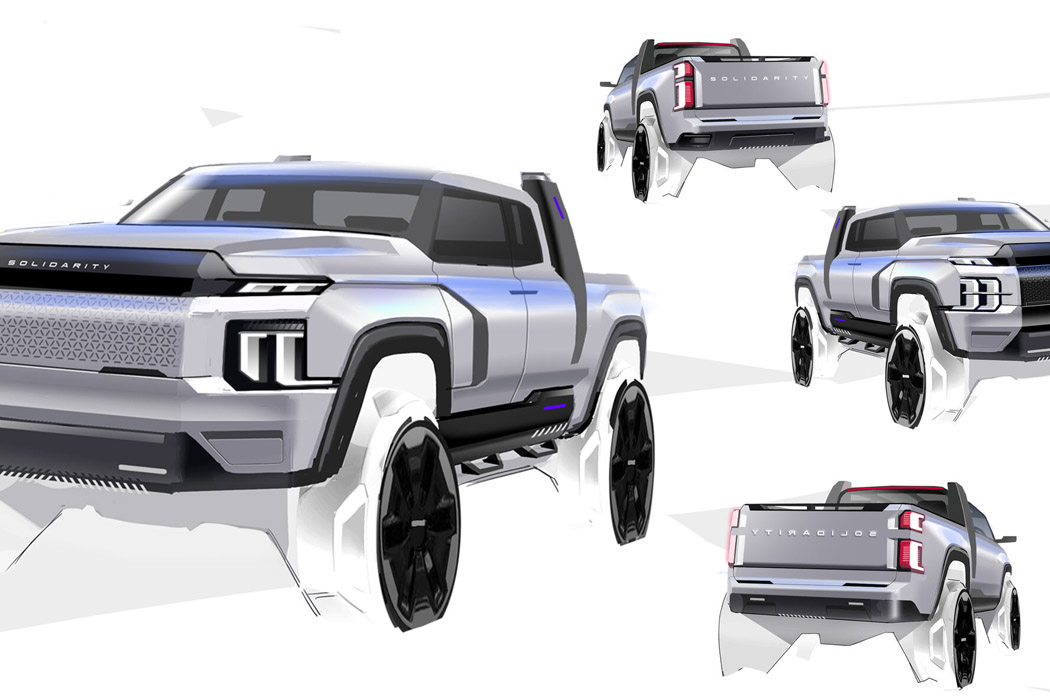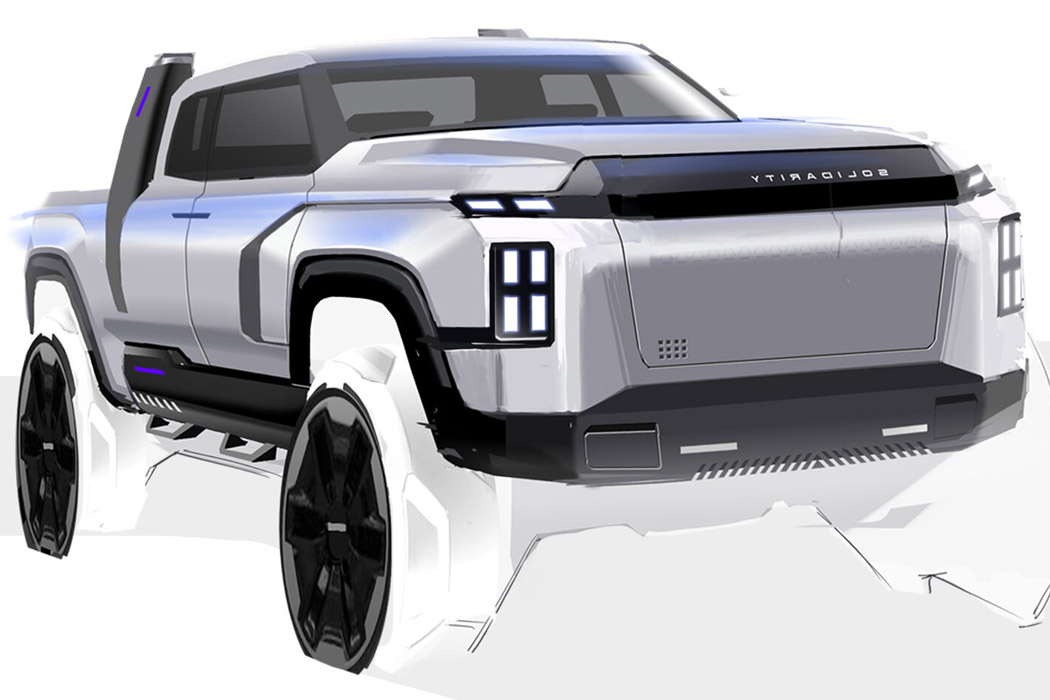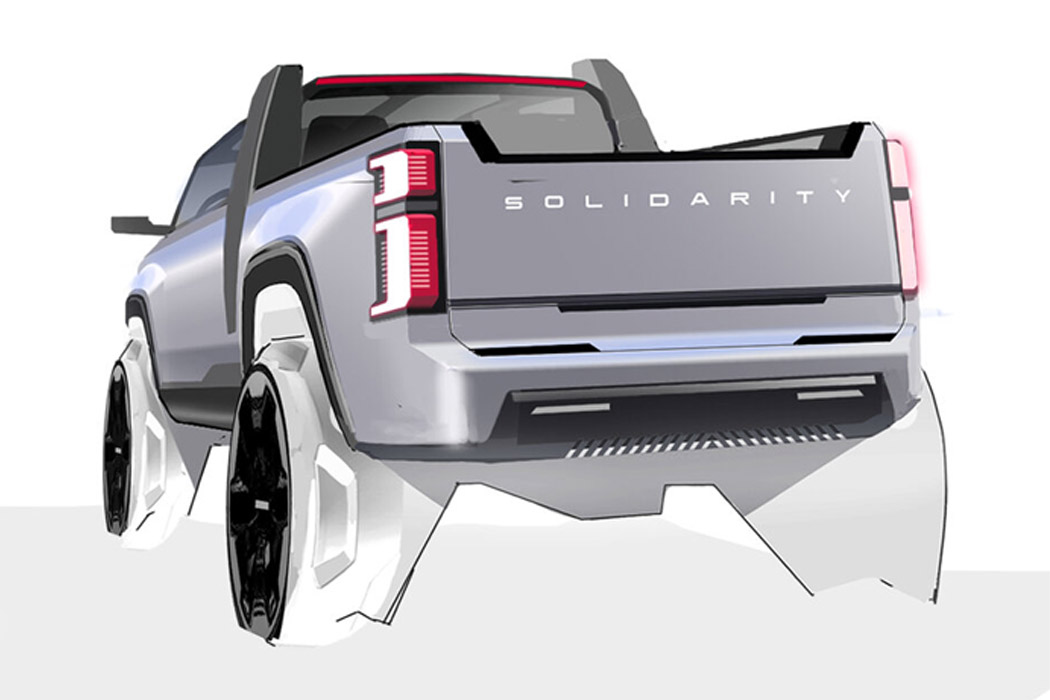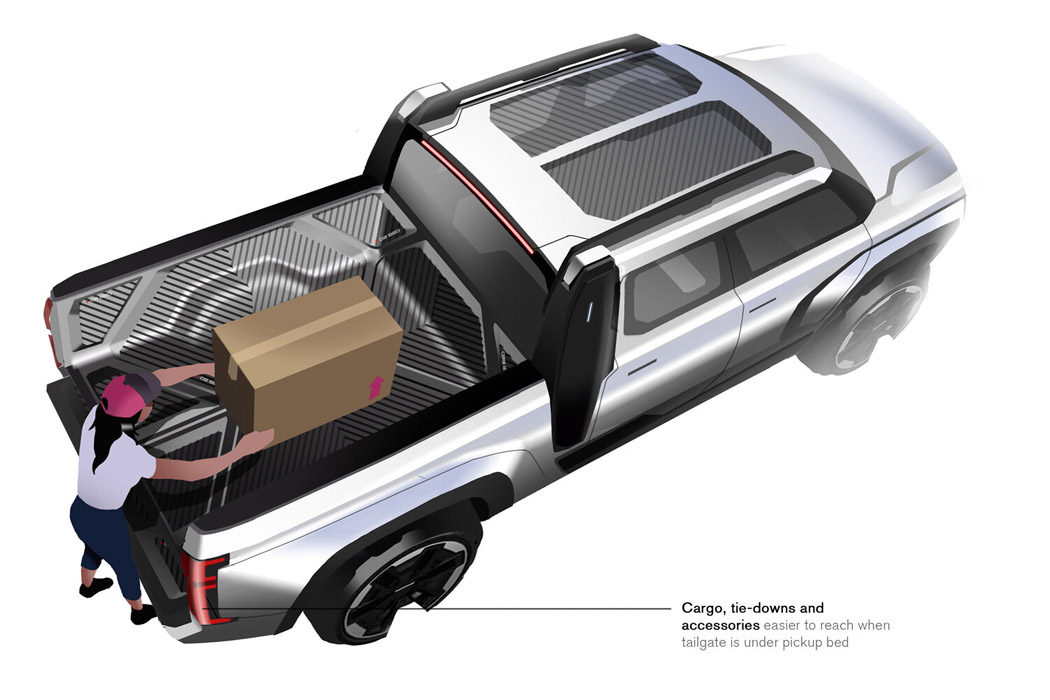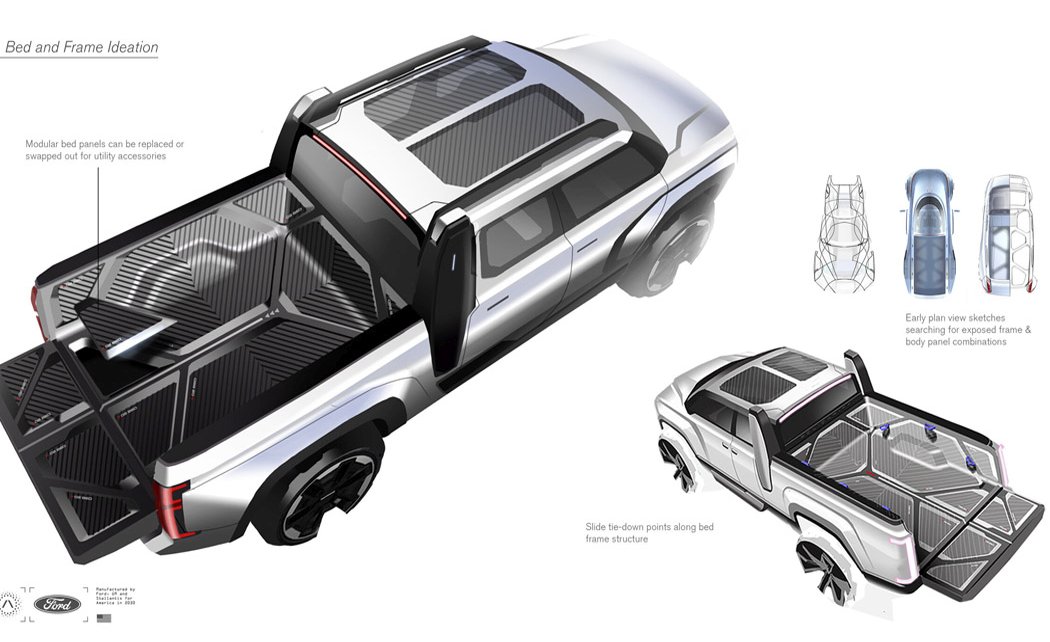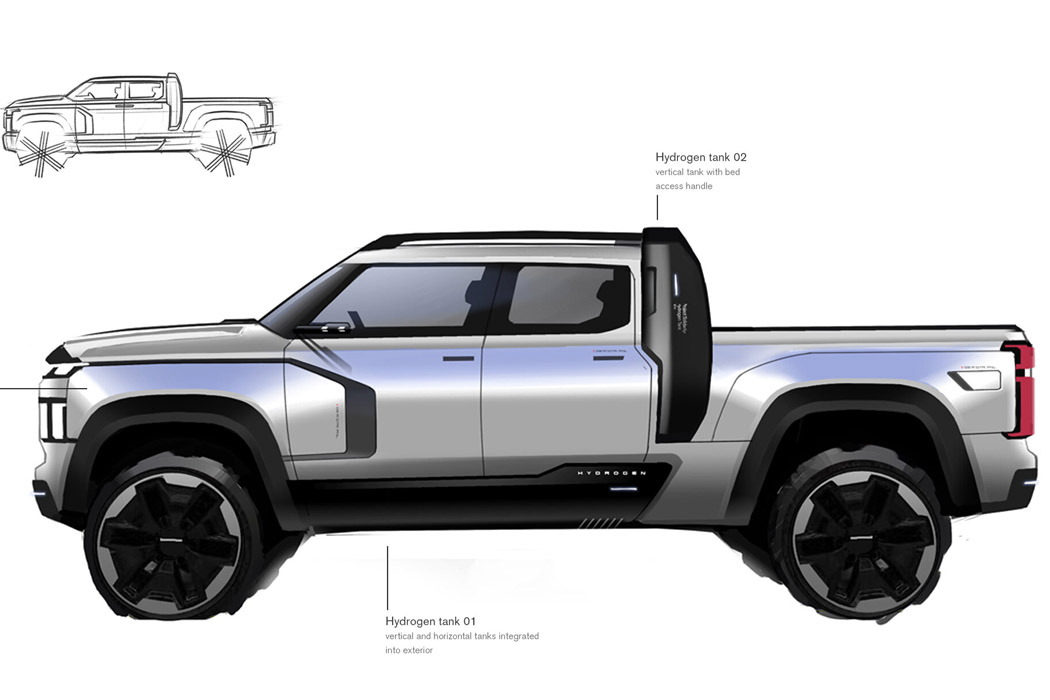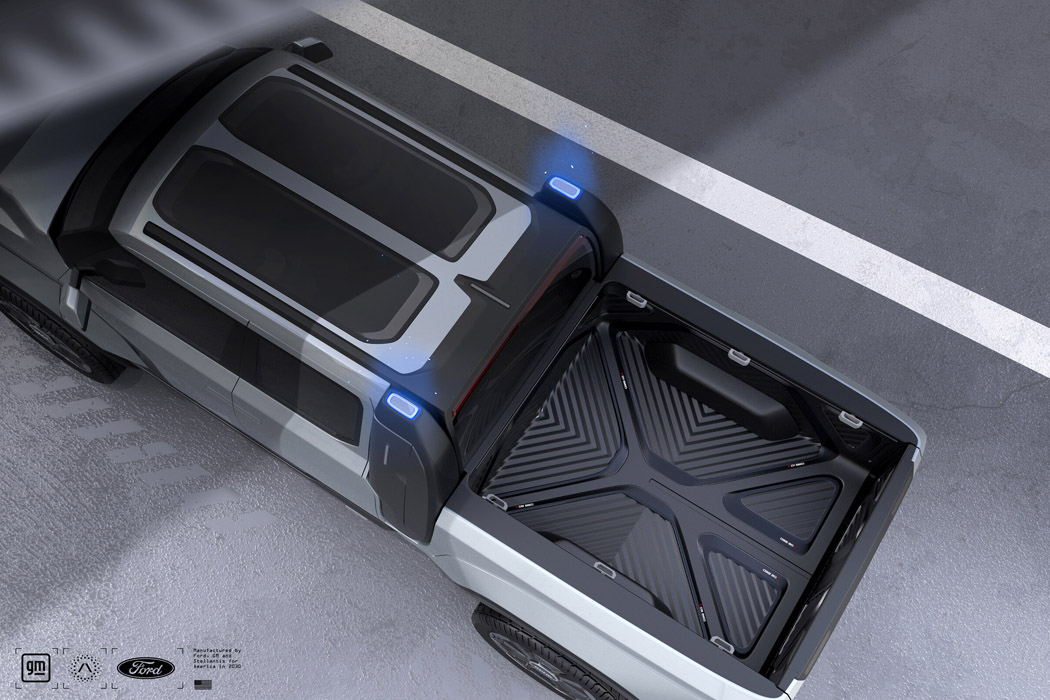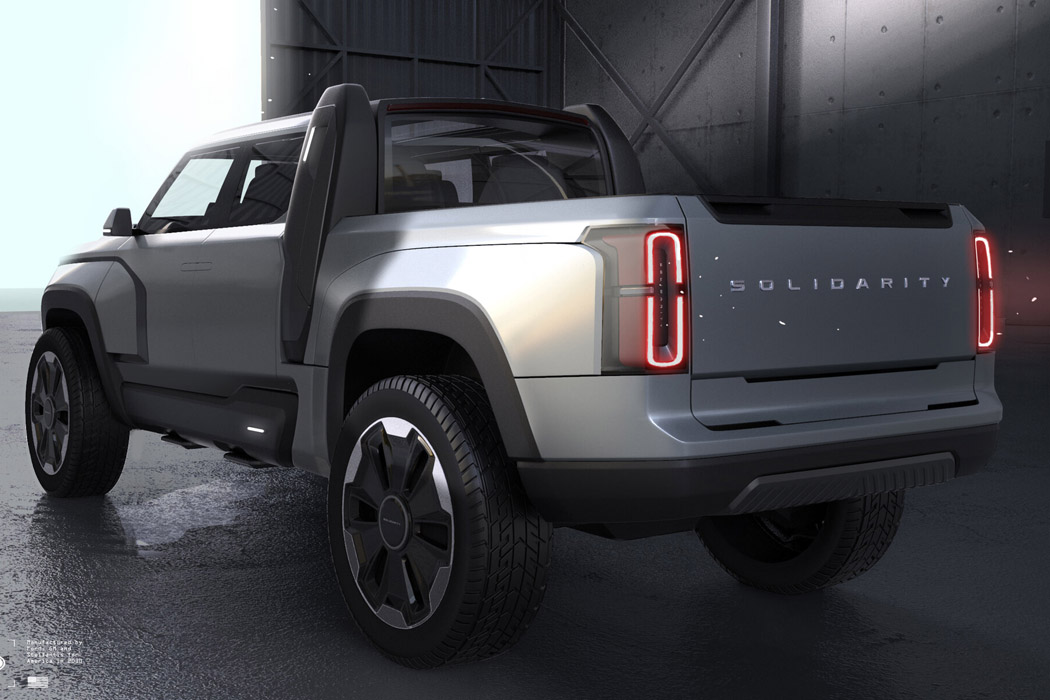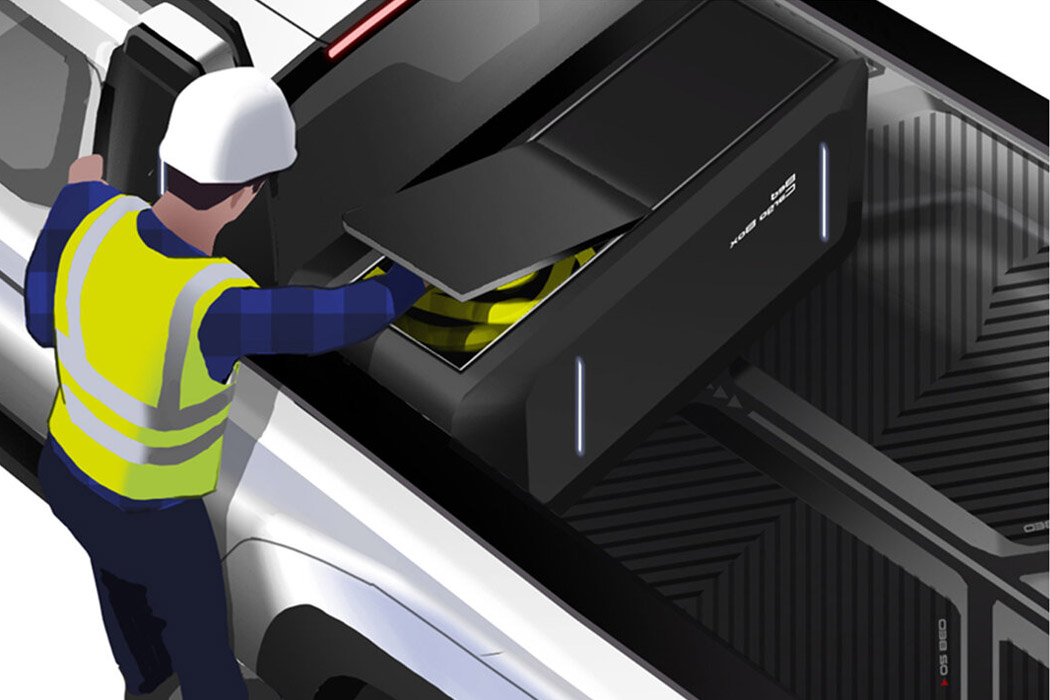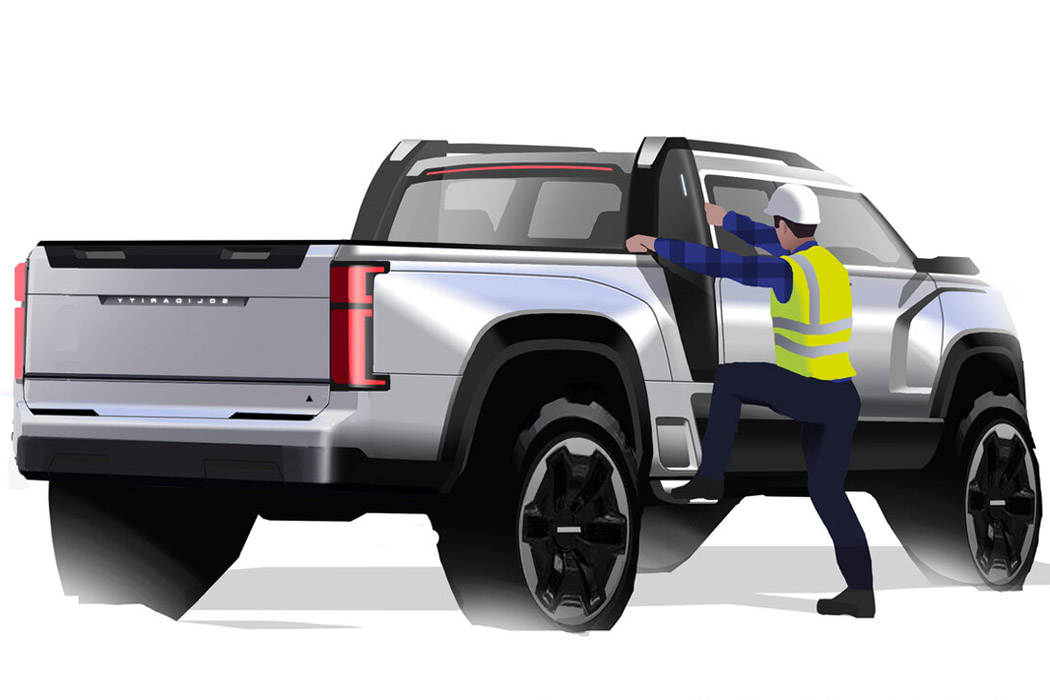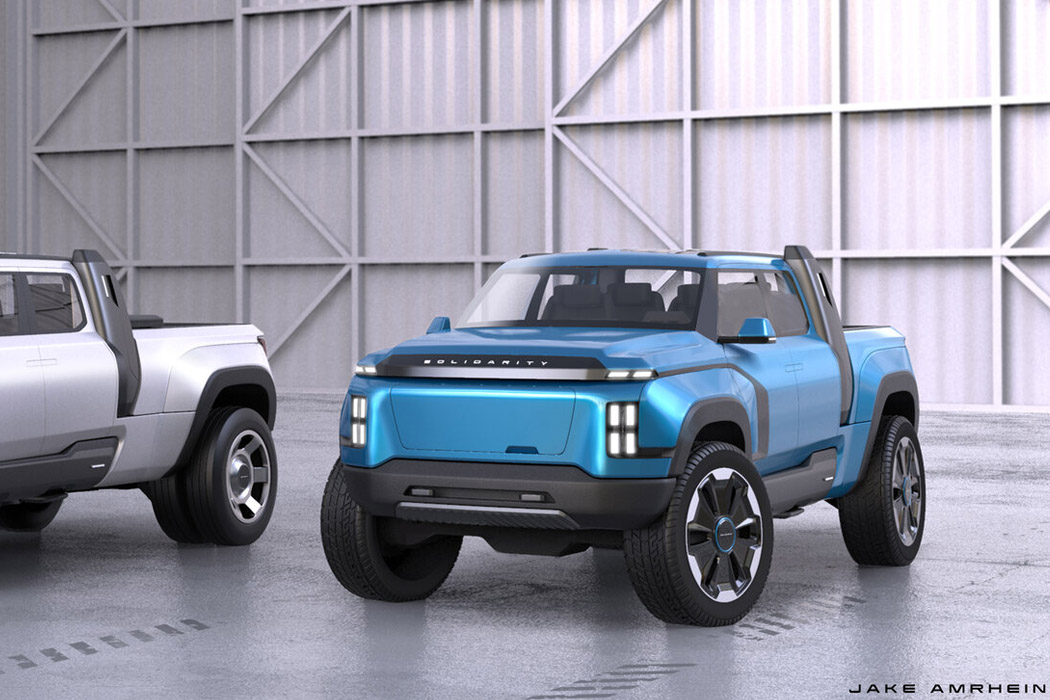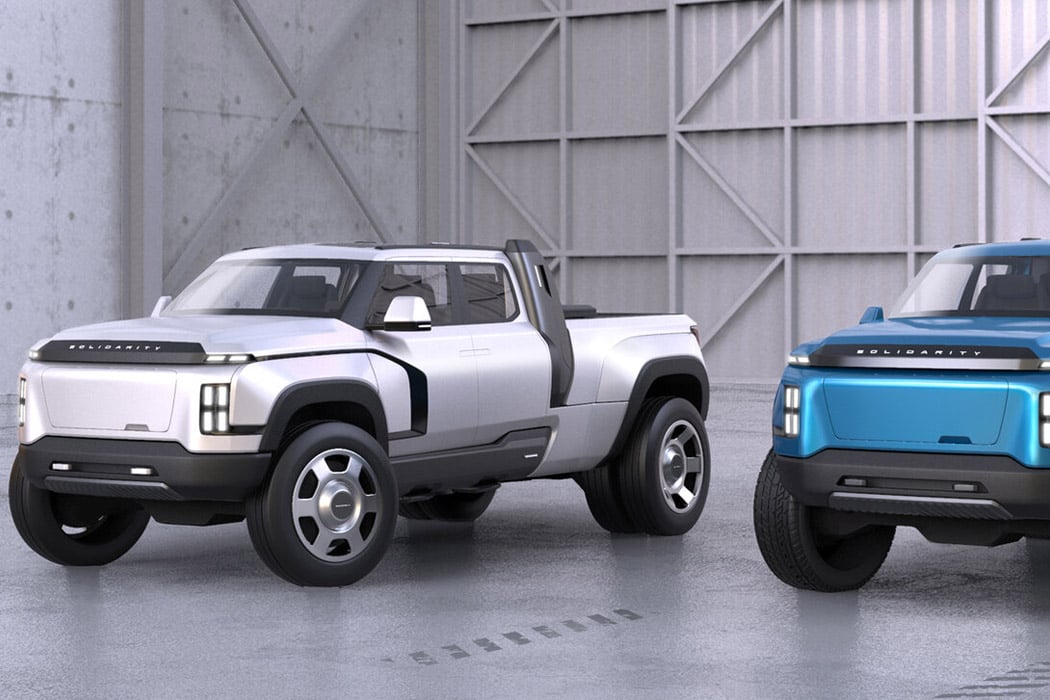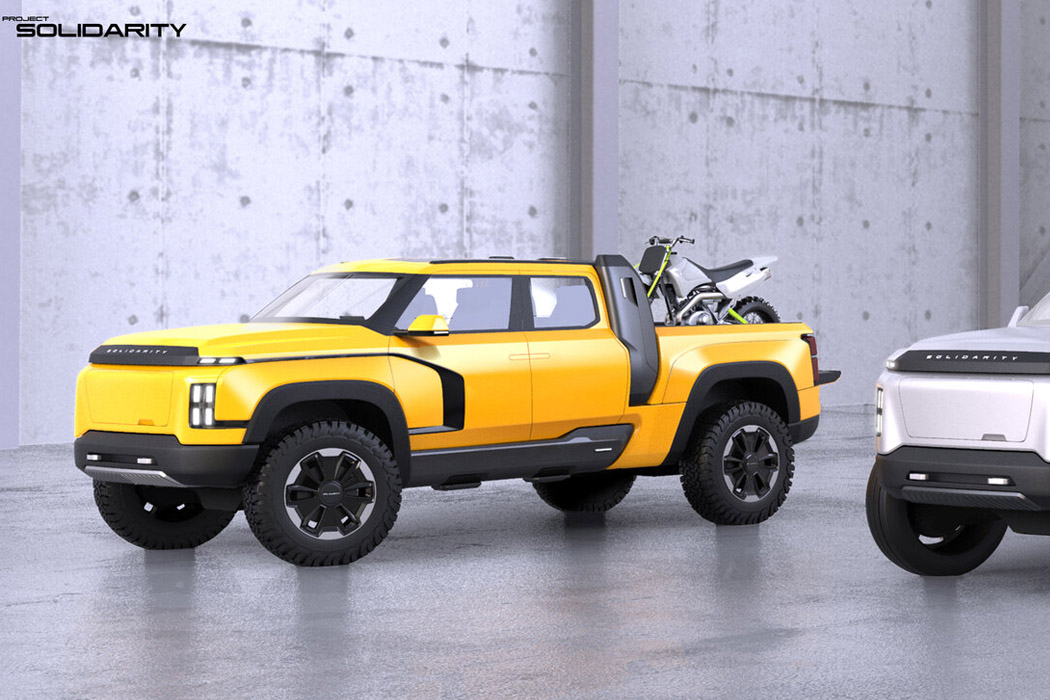In a bid to out-weird Elon Musk’s Tesla Tequila, Ford just announced a perfume that vaguely smells like gasoline, designed for EV owners who miss the wafting aroma of fossil fuels. The perfume even comes in a gas-pump-shaped bottle, and is rather cleverly named Mach-Eau, a play on the word “Macho” by combining Ford’s Mach-E with the French term ‘Eau’, often used to describe perfumes.
As Ford gradually makes its complete transition to electric vehicles (with the Mustang Mach-E and the electric F150 being announced in the past two years), they conducted a survey to find out what their customers missed most about petrol-powered cars. The results showed that “one in five drivers said the smell of petrol is what they’d miss most when swapping to an electric vehicle, with almost 70% claiming they would miss the smell of petrol to some degree.” Ford also claimed in a press release that Petrol ranked as a more popular scent than both wine and cheese, and almost identically to the smell of new books. Sounds weird, but also sounds about right, because strangely enough, I REALLY like the smell of petrol too… but enough to douse myself in a perfume that smells like it? Well, maybe not.
The company, however, made it clear as they unveiled their fragrance at the Goodwood Festival of Speed, that Mach-Eau doesn’t, in fact, smell entirely like gasoline, but rather draws on certain qualities of its aroma. Developed in partnership with renowned fragrance consultancy, Olfiction, “[The] Mach-Eau is designed to please the nose of any wearer; a high-end fragrance that fuses smoky accords, aspects of rubber and even an ‘animal’ element to give a nod to the Mustang heritage”, Ford mentioned in the press release. Be that as it may, the company hasn’t really put the Mach-Eau up for sale yet. Maybe it’ll come included with Ford’s next set of cars? Who ‘nose’. (get it? nose? knows?)
Designer: Pia Long of Olfiction (Client: Ford)

Developed with leading fragrance experts, Mach-Eau evokes traditional automotive scents
